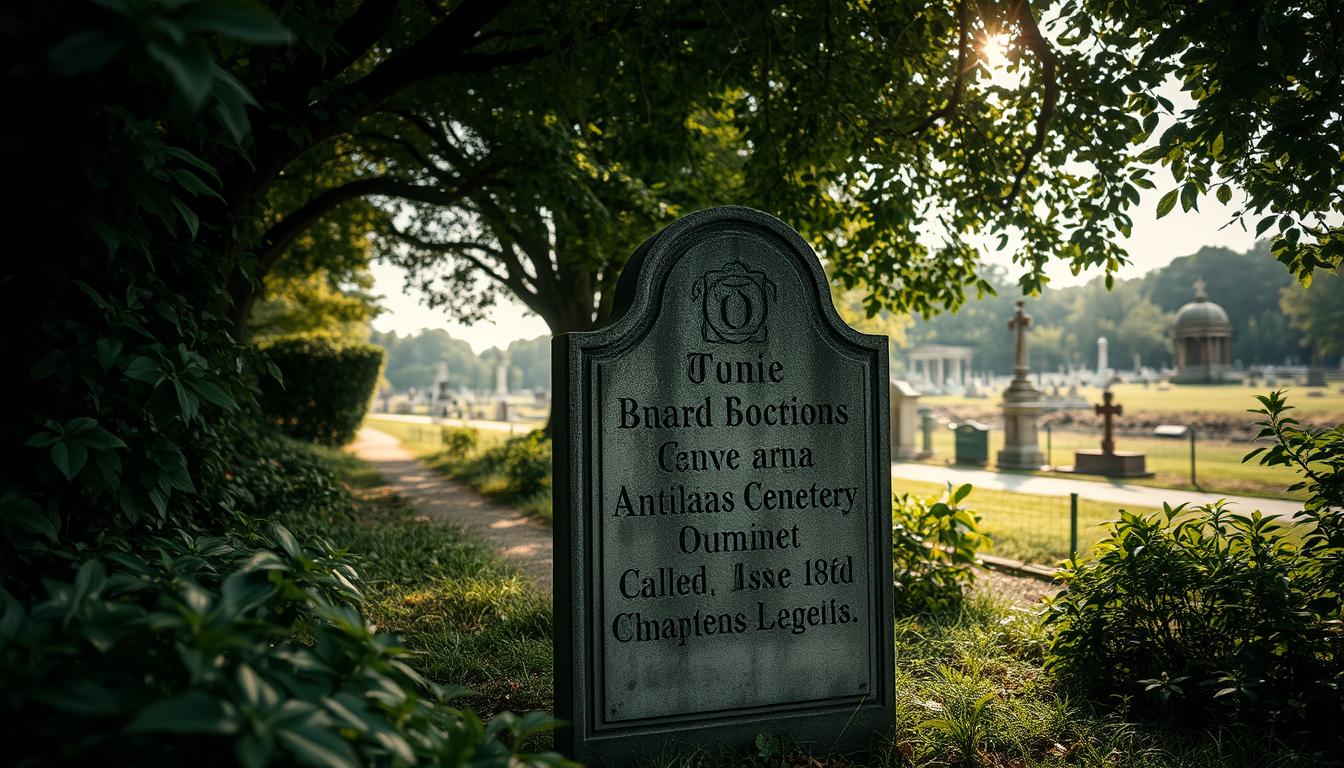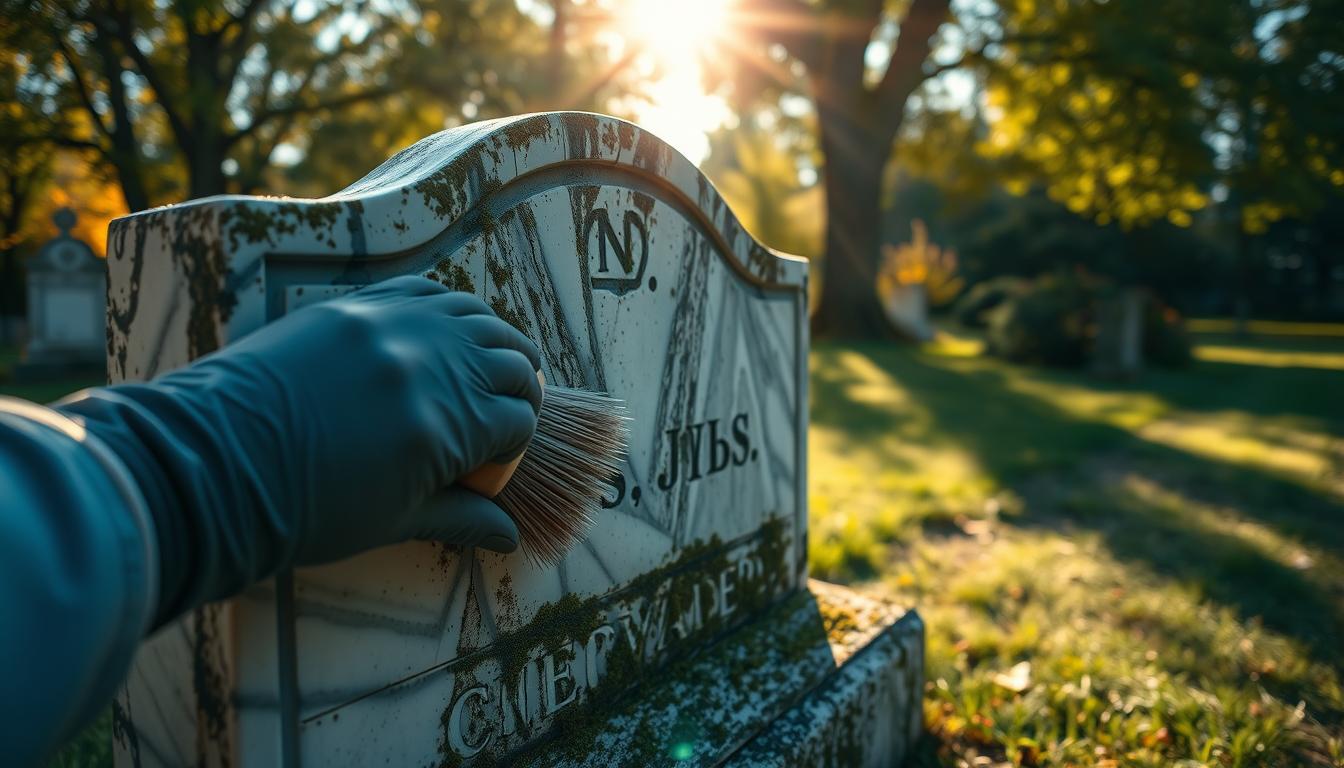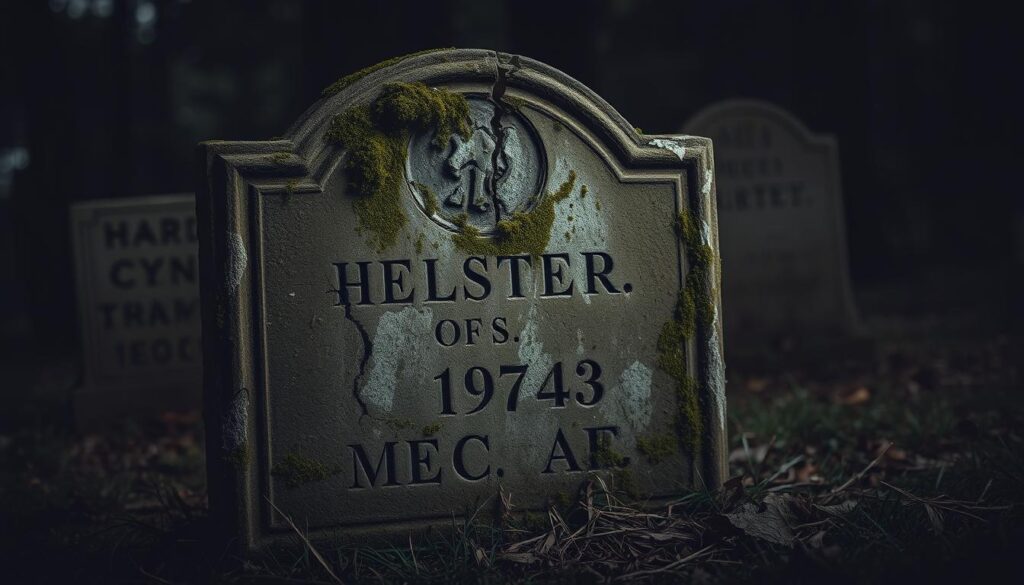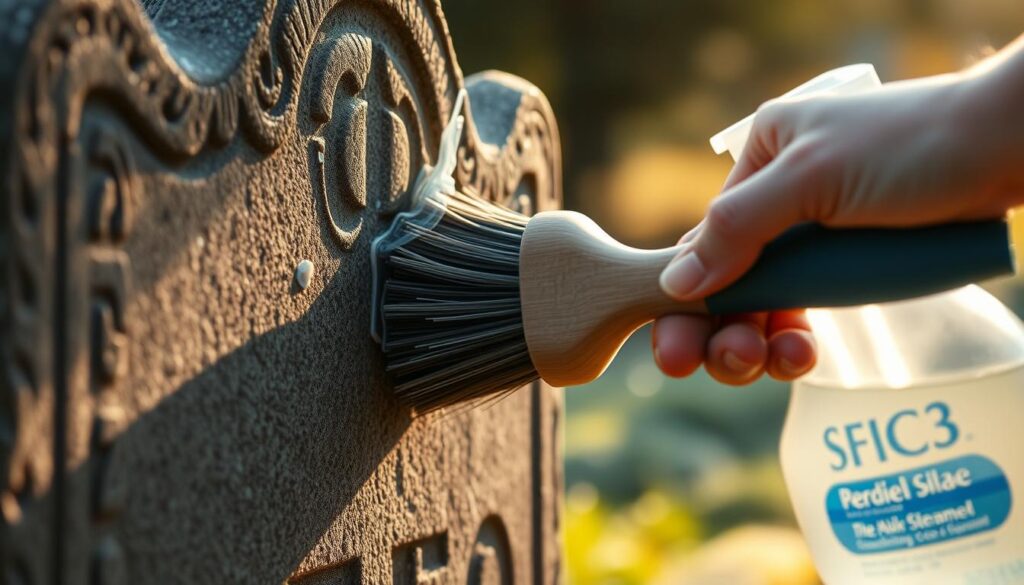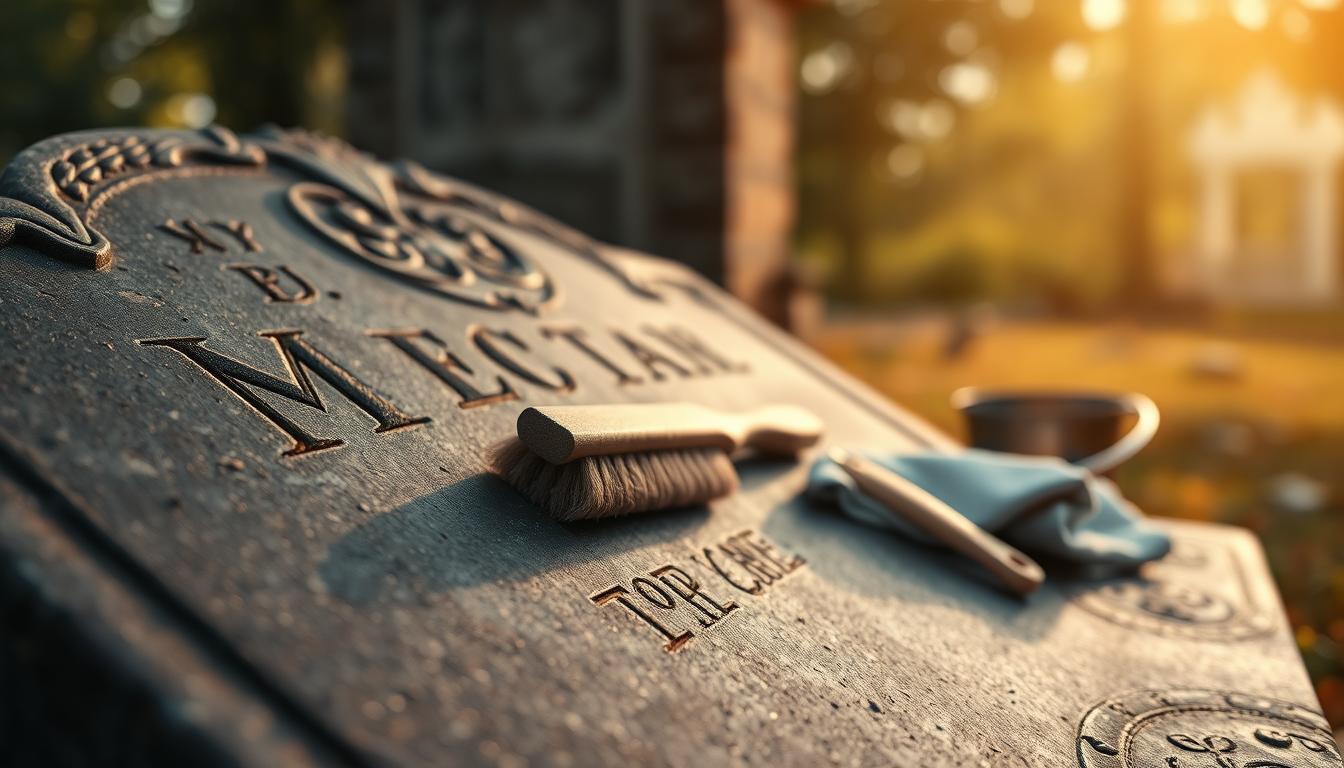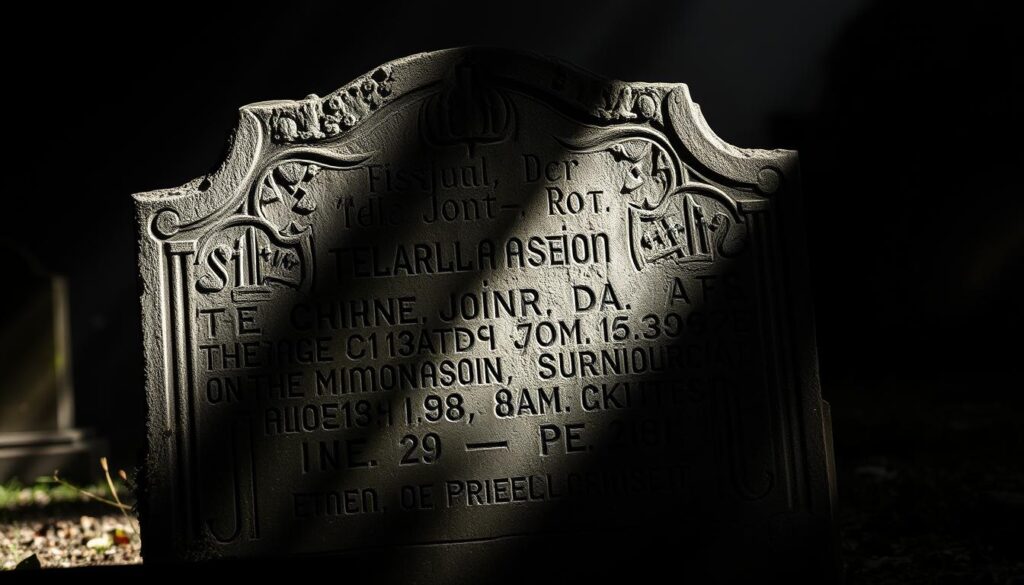I still remember the day I attended a graveside service that left an indelible mark on my heart. It was a somber day, with the sky reflecting the sorrow that filled the air.
The ceremony was simple yet profoundly moving, with words of comfort and solace that resonated deeply with everyone present. As I stood there, surrounded by the quiet dignity of the occasion, I felt a sense of peace wash over me.
The experience was a poignant reminder of the power of coming together to honor and remember those we have lost. It was a moment that not only celebrated the life of the departed but also provided a sense of closure and healing to those who were grieving.
This experience has stayed with me, and it is what inspired me to reflect on the significance of such services in our lives.
The Unexpected News That Changed My Week
The news that changed my week arrived unexpectedly, like a sudden storm on a calm day. It was a phone call that brought a message I had not been prepared for, setting off a chain of emotions and events that would lead me to a gravesite service.
The Phone Call That Arrived Without Warning
The ring of the phone cut through the silence, and as I answered, a somber voice on the other end delivered news that would alter my plans for the week. “I’m so sorry to inform you…” are words no one wants to hear, as they often precede news of a loss. The call was brief, yet it carried a weight that lingered long after we hung up.
As I stood there, trying to process the information, the world around me seemed to slow down. The news was unexpected, and my mind struggled to catch up with the reality of the situation. It was as if time itself was giving me a moment to pause and reflect on the life that was being remembered at the upcoming gravesite service.
Learning About a Life Cut Short
As I learned more about the circumstances surrounding the loss, I was struck by the fragility of life. The person whose life was being honored had left an indelible mark on those who knew them, and the gravesite service was a testament to the impact they had. The service was not just a farewell; it was a celebration of a life that, though cut short, was rich in experience and love.
A gravesite service is a poignant way to say goodbye, offering a moment for friends and family to gather, share memories, and begin the healing process. As I prepared to attend the service, I couldn’t help but reflect on the words of a well-known figure who once said,
“Death leaves a heartache no one can heal, but love leaves a memory no one can steal.”
The journey to the gravesite service was not just about paying respects; it was about being part of a collective moment of grief and remembrance. It was a reminder that, even in loss, there is a shared human experience that can bring comfort.
Journey to the Memorial Grounds
As I embarked on the journey to the memorial grounds, a mix of emotions swirled within me. The somber occasion of the gravesite service weighed heavily on my heart.
The Drive to the Cemetery
The drive to the cemetery was a poignant reminder of the somber occasion that brought us together. The roads were quiet, and the scenery outside my window was a blur as my mind wandered to the memories of the deceased. The silence in the car was a testament to the grief that filled our hearts.
First Impressions of the Gathering
Upon arrival, I was struck by the number of people who had gathered to pay their respects. The atmosphere was somber, yet there was a sense of community and shared grief. As I looked around, I saw faces etched with sorrow, yet there were also moments of warmth and support shared among the mourners.
The gathering at the cemetery was a powerful reminder of the impact the deceased had on the lives of those around them. It was clear that the gravesite service was not just a farewell but a celebration of a life lived.
The Setting: A Perfect Day for Goodbye
I recall the day of the gravesite service vividly, not just for the purpose it served, but also for the unexpectedly beautiful setting. The atmosphere was a mix of sorrow and serenity, a poignant contrast that underscored the complexity of our emotions.
Weather and Atmosphere
The weather was overcast, with clouds that seemed to mirror our mood – somber, reflective, and slightly melancholic. Yet, there was a certain beauty in the grayness, a sense of solemnity that felt appropriate for the occasion.
The air was calm, with a gentle breeze that carried the soft rustling of leaves and the distant chirping of birds, creating a sense of peace amidst our grief.
The Carefully Arranged Gravesite
The gravesite itself was meticulously arranged, with flowers and wreaths placed around the area, adding splashes of color to the otherwise muted tones of the day. The arrangement was not just aesthetically pleasing; it was a testament to the care and thoughtfulness of those who had organized the service.
As we gathered around the gravesite, the carefully arranged setting helped to create a sense of closure and finality, allowing us to say our goodbyes in a dignified and meaningful way.
Faces in the Crowd: Who Was Present
I was moved by the sea of faces at the gravesite service, each one representing a unique connection to the person being honored. The gathering was a poignant reminder of the impact one life can have on many others.
The presence of family members was deeply felt, as they stood united in their grief. The deceased’s immediate family was surrounded by a supportive network of relatives, all of whom were visibly moved by the occasion.
Family Members United in Grief
The family members present included:
- Immediate family, such as spouses, children, and siblings, who shared heartfelt memories and stories.
- Extended family members, including grandparents, aunts, uncles, and cousins, who added depth to the gathering with their presence.
Their collective grief was palpable, yet there was a sense of unity and support that was comforting to witness.
Unexpected Attendees and Their Stories
Alongside the family, there were many attendees who were not related to the deceased but had been significantly impacted by their life. These included friends, colleagues, and even acquaintances who had been touched by the person’s kindness, generosity, or other qualities.
One of the most striking aspects was the number of people who shared stories about the deceased’s influence on their lives. These stories highlighted the deceased’s compassion, resilience, and generosity, painting a vivid picture of a life well-lived.
The diversity of the attendees and the stories they shared underscored the broad impact of the deceased’s life. It was a powerful testament to the connections that had been made and the memories that would be cherished.
The Most Moving Gravesite Service I’ve Ever Witnessed
As I stood among the mourners, I realized that this gravesite service was going to be unlike any other I had ever attended. The atmosphere was heavy with grief, yet it was also filled with a sense of community and shared love for the departed.
The service was a masterful blend of tradition and personal touches, making it a truly unique experience. What made it stand out was the way it seamlessly wove together the threads of the deceased’s life, creating a rich tapestry of memories and emotions.
Elements That Made It Special
One of the key elements that made this gravesite service so moving was the inclusion of personal anecdotes and stories about the deceased. These were not just dry facts, but vivid descriptions that brought the person to life in the minds of the mourners.
The way the speakers shared their memories, with both laughter and tears, created a sense of connection among the attendees. It was clear that the deceased had touched many lives, and this was a testament to their impact.
Moments That Evoked Strong Emotions
There were several moments during the service that brought everyone to tears. One of the most poignant was when a family member shared a heartfelt letter written by the deceased, expressing their love and gratitude to those present.
The letter was not just a farewell message, but a celebration of the life they had lived and the memories they had shared with their loved ones. The raw emotion in the letter resonated deeply with everyone, creating a collective sense of sorrow and loss.
As the service came to a close, it was clear that this gravesite service had been a truly moving experience. It was a testament to the power of community and the impact one life can have on others.
Words That Captured a Lifetime
The eulogy was more than just words; it was a narrative that brought to life the memories, achievements, and values of the deceased. It was a testament to the impact the person had on those around them.
The Unforgettable Eulogy
The eulogy was delivered with conviction and emotion, painting a vivid picture of the deceased’s life journey. It highlighted key milestones, cherished moments, and the qualities that made the person special. The speaker’s words were not just a tribute but a reflection of the collective memories shared by those present.

Personal Anecdotes That Painted a Complete Picture
Personal anecdotes shared during the eulogy added depth and warmth to the narrative. These stories were not just recollections; they were testaments to the deceased’s character, resilience, and compassion. They provided a comprehensive view of the person’s life, making the eulogy a truly unforgettable part of the gravesite service.
The use of personal anecdotes made the eulogy relatable and engaging, allowing mourners to connect with the memories being shared. It was a powerful way to honor the deceased, ensuring their legacy lived on through the stories told.
Music That Spoke When Words Failed
In the silence of grief, music became the voice that spoke when words failed. The gravesite service was a poignant reminder that sometimes, it’s not what we say but what we hear that touches our hearts the most.
The selection of music was not arbitrary; each piece was chosen for its special meaning to the deceased and their family. “Somewhere Over the Rainbow” was one of the songs that stood out, its lyrics resonating deeply with the mourners as it was a favorite of the departed. The song’s message of hope and eternal longing brought comfort to those grieving.
Selections That Held Special Meaning
The playlist was curated with love, reflecting the personality and tastes of the person being honored. It included a mix of classic and contemporary pieces, each one evoking memories and emotions. “Ave Maria” was another significant selection, its soothing melody providing solace to the bereaved.
As the music filled the air, it was clear that these selections were more than just songs; they were a celebration of a life lived. The musician’s thoughtful choices helped to create a sense of connection among the mourners, reminding them that they were not alone in their grief.
The Musician Who Performed Through Tears
The musician’s performance was heartfelt, with tears streaming down their face as they played. This emotional display was a testament to the impact of the music and the significance of the moment. As one mourner so eloquently put it,
“The music was like a bridge between our sorrow and our memories of him.”
The musician’s ability to convey emotion through their performance added a deeper layer of meaning to the service. It was a powerful reminder that music has the capacity to transcend words, speaking directly to our hearts in times of need.
As I reflect on the gravesite service, I am reminded of the profound impact that music can have on our experiences of loss and remembrance. The right melody at the right moment can be a source of comfort, a catalyst for healing, and a celebration of the life that was lived.
American Traditions Honored at the Service
As I attended the gravesite service, I was struck by the rich tapestry of American customs that were honored. The ceremony was a beautiful blend of national traditions and personal touches that made it truly unique.
The gravesite service was a poignant reflection of the cultural heritage of the United States, with various elements that are characteristic of American funeral practices. One of the notable aspects was the incorporation of cultural elements unique to U.S. funeral customs.
Cultural Elements Unique to U.S. Funeral Practices
The service included several cultural practices that are distinct to American funerals. For instance, the playing of Taps is a tradition often associated with military funerals in the United States, symbolizing the final farewell to a fallen service member. Additionally, the presence of a flag draped over the casket was a powerful symbol of patriotism and respect.
Another significant element was the inclusion of personal anecdotes and stories about the deceased, which is a common practice in American funeral services. These stories not only celebrated the life of the deceased but also provided comfort to the grieving family and friends.
Regional Customs That Added Depth
The service also incorporated regional customs that added a unique flavor to the ceremony. For example, the inclusion of local music or hymns that held special meaning to the family and the community. These regional elements helped to create a sense of place and connection to the local culture.
The blending of national and regional customs made the gravesite service a truly memorable experience. It was a testament to the diverse cultural landscape of the United States and the various ways in which people come together to honor their loved ones.
The gravesite service was not just a farewell ceremony; it was a celebration of a life lived, with all its joys, sorrows, and achievements. The American traditions honored during the service served as a reminder of the country’s rich cultural heritage and the importance of community in times of grief.
Military Honors That Commanded Respect
I was deeply moved by the military honors that were part of the gravesite service. The presence of the honor guard added a level of solemnity to the proceedings, underscoring the significance of the occasion.
Precision of the Honor Guard
The honor guard’s precision was evident in every aspect of their performance, from the rifle salute to the folding of the flag. Each movement was choreographed to perfection, reflecting the high level of discipline and respect that is characteristic of military tradition.
The honor guard’s actions were not just a tribute to the deceased but also a demonstration of the respect and gratitude of the nation for their service. The precision and coordination displayed by the honor guard were awe-inspiring, leaving a lasting impression on all who witnessed it.

The Moment That Silenced Everyone
The moment that silenced everyone was when the honor guard presented the flag to the family. It was a poignant reminder of the sacrifice made by the deceased and their family. The room fell silent as the family accepted the flag, holding back tears as they acknowledged the honor being bestowed upon their loved one.
This moment was a powerful tribute, encapsulating the essence of the gravesite service. It was a moment of collective grief and respect, as everyone present paid their respects to a life that had been lived with purpose and dedication.
The military honors were a fitting conclusion to the gravesite service, leaving a lasting memory for all who attended. The ceremony was a testament to the enduring legacy of the deceased and the impact they had on those around them.
Unexpected Moments That Transformed the Experience
The unexpected moments that occurred during the gravesite service were a poignant reminder of the power of human connection.
As the service progressed, it became clear that these moments were not just incidental, but were instead woven into the fabric of the experience, making it even more meaningful.
Nature’s Perfect Timing
The weather on that day was more than just a backdrop; it was an integral part of the service. A gentle breeze carried the soft whispers of the mourners, and the warm sunlight filtering through the trees created a sense of serenity.
Nature’s timing was perfect, as if it too was paying its respects. The clouds parted just as the eulogy was being delivered, allowing a shaft of light to illuminate the face of the deceased.
Spontaneous Tributes That Weren’t Planned
Some of the most touching moments came from spontaneous tributes that weren’t part of the planned service. A family member began to sing a hymn that held special meaning, and others joined in, creating a powerful and emotional moment.
These unplanned tributes added a layer of authenticity to the service, making it feel more personal and heartfelt. They were a testament to the impact the deceased had on those who came to pay their respects.
The gravesite service was a powerful reminder that even in death, there is beauty to be found. The unexpected moments that occurred during the service were a poignant reminder of the power of human connection and the importance of coming together to celebrate a life.
How This Service Changed My Perspective on Life and Death
Witnessing the gravesite service was a profoundly moving experience that altered my views on mortality. It was a poignant reminder of the fragility of life and the importance of cherishing every moment.
As I reflected on the service, I couldn’t help but think about the concept of mortality. The gravesite service brought to light the reality that our time is limited, and how we choose to spend it is what truly matters. It made me realize the significance of living a life that is meaningful and true to one’s values.
Reflections on Mortality
The service was a stark reminder that death is an inevitable part of life. It forced me to confront my own mortality and the mortality of those I love. This confrontation, though difficult, was a catalyst for introspection and a reevaluation of my priorities.
The gravesite service highlighted the importance of community and the role it plays in supporting individuals through times of grief. The collective presence of family and friends was a testament to the impact the deceased had on those around them.
The Gift of Witnessing a Proper Farewell
One of the most significant aspects of the gravesite service was the opportunity it provided for a proper farewell. It allowed those who were grieving to come together, share their memories, and begin the healing process. This experience taught me the value of closure and the importance of being present for those who are grieving.
The gravesite service was more than just a ceremony; it was a celebration of a life lived. It showed me that even in death, there is an opportunity for growth, reflection, and healing. As I look back on the experience, I am reminded of the importance of living a life that honors the past while embracing the future.
Conclusion: Finding Beauty in Our Final Goodbyes
Reflecting on the gravesite service I attended, I am reminded of the profound impact it had on me. The experience was a poignant reminder that even in death, there is beauty to be found in the way we choose to honor and remember those who have passed.
The gravesite service was a masterful blend of tradition, personal touches, and community, coming together to create a truly unforgettable experience. From the carefully arranged gravesite to the military honors that commanded respect, every element played a significant role in celebrating a life well-lived.
As I look back on that day, I realize that the gravesite service was more than just a farewell; it was a celebration of the deceased’s life and legacy. It showed me the importance of dignity and respect in our final goodbyes, and the role that a well-planned gravesite service can play in the healing process.
In the end, the experience left an indelible mark on my perspective, highlighting the significance of honoring our loved ones with grace and compassion.


